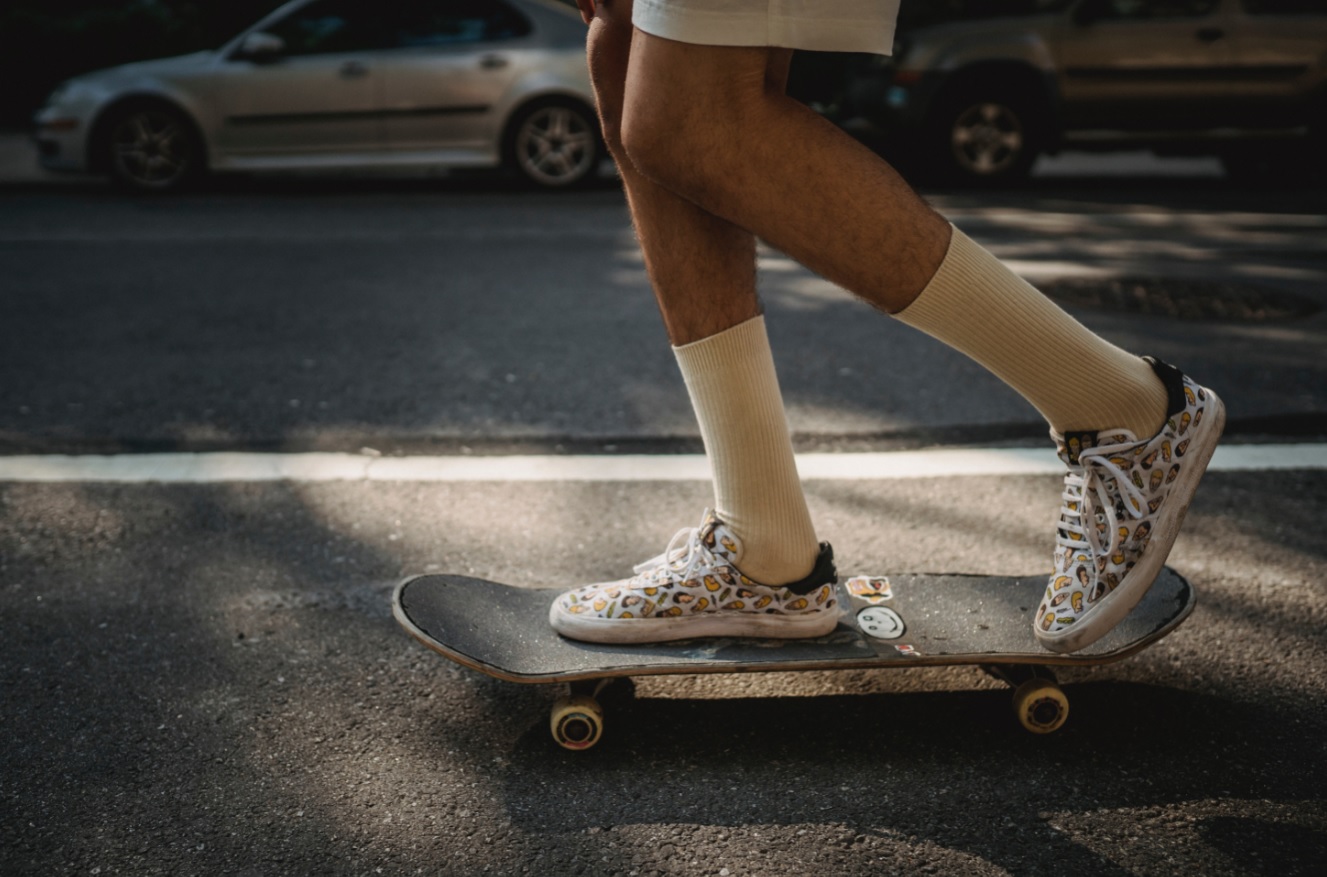Socks are worn for different purposes. They can offer extra cushioning, protect the feet against chafing, wick moisture away from the feet, and complete one’s outfit. However, one’s choice of socks can also help a person live a healthier lifestyle.
Compression socks, a type of sock that offers different levels of compression, have been used for quite a while in the medical setting. They’re often worn by patients who are pregnant as well as people who want to take precautions against deep vein thrombosis (DVT). Compression socks are also worn to relieve the symptoms of edema or swelling of the lower limbs, venous insufficiency or inability of the veins to pump blood back to the heart, varicose veins, and inflammation of the veins.
These days, though, women’s and men’s compression socks are slowly but surely becoming more popular even outside of the hospital environment. In part, this is brought about by how everyday folks are becoming more aware of the dangers of sitting, standing, or maintaining the same posture for extended periods.
Are compression socks safe to wear? In general, if the socks are used correctly, the answer is yes. To determine if one is safely using compressions socks, it’s important to look at how they work and offer support for the veins.
SEE MORE: 6 Different Types Of Vein Problems
How Do Compression Socks Work?
Unlike regular socks that can be categorized according to length, compression socks come in all sizes, though they can also have varying degrees of compression. More often than not, compression socks for everyday use come in the form of stretchable stocking-like footwear which offers a bit of extra pressure around the feet and legs when worn.
Now, the veins in the legs and feet work against gravity; they’re tasked with sending the blood back to the upper part of the body to the heart. Some physical and environmental conditions can impede the blood flow, causing liquid to pool in the lower half of the body. Blood circulation can also be negatively impacted by maintaining a single position for too long. Compressions socks help prevent these harmful effects by offering adequate support to the veins so that they can send the blood back to the heart without incurring damage in the process.
When Is It Dangerous to Wear Compression Socks?
Some believe that the tighter the compression socks are, the better they can support the veins. Unfortunately, this is a misconception, and herein lies the danger. Just like other things in life, moderation is key when using compression socks safely. Wearing loose compression socks does not offer the same benefits as wearing a well-fitted pair, and wearing compression socks that are too tight can cause more harm than good to the body. The risks that come with wearing unsuitably tight compression socks include:
- Poor Blood Circulation. If not fitted properly, compression socks can prevent proper blood flow instead of promoting it.
- Aggravated Skin Conditions. Just like wearing other types of tight clothes, tight socks can damage the skin and cause itching, redness, and swelling. At times, it can even worsen the symptoms of existing skin irritations.
- Chafing and Bruising. If the fabric is too tight, it can brush against the skin repeatedly or add an excessive amount of pressure, leading to chaffing or bruising.
How Can You Choose the Right Compression Socks for You?
If you’re wearing compression socks for medical purposes, then a medical professional can give you expert advice on how to find the best compression socks for your current condition and needs. If you’re planning to wear non-medical support hosiery to reinforce your healthy lifestyle, then it shouldn’t be difficult to find a pair of everyday compression socks that offer sufficient pressure. Compression socks that are sold to regular consumers typically provide mild to medium pressure that can help relieve minor swelling, promote better blood circulation, prevent the occurrence of varicose veins and DVT, and offer sufficient support when traveling long distances by land or air.
At the same time, it’s worth noting that wearing compression socks alone is not enough to prevent the conditions caused by sitting or standing for prolonged periods. To maximize the effect of wearing a supportive pair of socks, it’s a must to schedule regular breaks for stretching, resting, and exercising. This is especially true if you can’t avoid sitting or standing for extended periods in your line of work. A short break every hour should be enough. When taking a long drive, schedule breaks as well to stretch your legs and promote better circulation even if you’re already wearing compression socks.
All in all, compression socks are generally safe to wear as long as you keep the above information in mind. After you’ve fitted a pair of compression socks, it’s a good idea to observe your feet and legs for any signs of skin irritation and swelling. These can help you determine if the pair you’ve bought is too tight or isn’t the best fit. This way, you can find a better-fitting pair of socks that will allow you to enjoy all the health benefits of having proper compression around the feet and legs.
